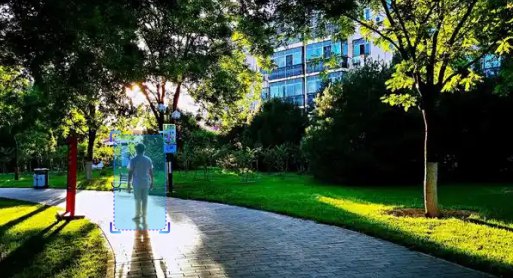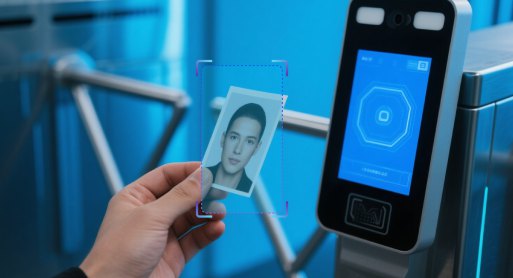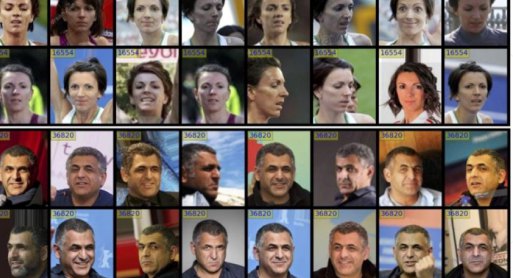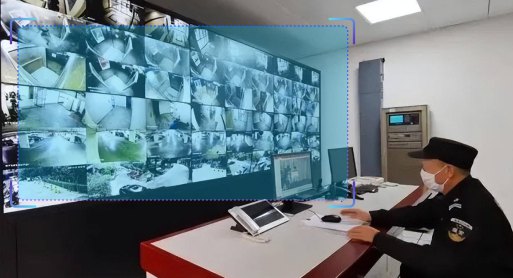
Face Recognition

Algorithm Introduction
Biometric identification technology that performs identity recognition based on facial features. By processing the frame selection results from video stream detection and tracking, along with images captured by front-end smart cameras, the algorithm accomplishes two core functions: facial feature vector extraction and facial attribute recognition.
For facial feature extraction, the algorithm stores the extracted facial feature vectors in a spatio-temporal facial database, enabling retrospective analysis of individuals' movements across time and space. For facial attribute recognition, the algorithm can accurately analyze attributes including gender, age, mask color, eyewear, beard styles, and hat types, meeting diverse scenario requirements.
For facial feature extraction, the algorithm stores the extracted facial feature vectors in a spatio-temporal facial database, enabling retrospective analysis of individuals' movements across time and space. For facial attribute recognition, the algorithm can accurately analyze attributes including gender, age, mask color, eyewear, beard styles, and hat types, meeting diverse scenario requirements.
- ● Recommended operating conditions: 800–100,000 lux illumination (avoid overexposure, low-light conditions, and uneven lighting such as 'raccoon eyes' effect).
- ● Angular tolerance: Maximum 20° deviation for both horizontal and pitch angles.
- ● Image quality requirements: Minimum 30-pixel interocular distance, no motion blur or out-of-focus blur.
- ● Resolution specification: 1080p (1920×1080) or higher mandatory.
Application Value
-

Public Security
Applied in behavior analysis, identity verification, and spatio-temporal trajectory tracking to enhance security monitoring and personnel management, providing data-driven decision support. -

Access Control
Implemented in airport security checks and campus access systems for rapid personnel passage and attendance management. -

Payment & Finance
Enables face-payment solutions and bank identity verification. -

Smart Devices
Supports smartphone unlocking and intelligent photo album categorization. -

Retail & Advertising
Analyzes customer demographics (gender/age) to deliver personalized advertisements. -

Public Services
Facilitates real-name authentication for e-government services and hospital registration.
FAQ
-
Algorithm AccuracyAll algorithms published on the website claim accuracies above 90 %. However, real-world performance drops can occur for the following reasons:
(1) Poor imaging quality, such as
• Strong light, backlight, nighttime, rain, snow, or fog degrading image quality
• Low resolution, motion blur, lens contamination, compression artifacts, or sensor noise
• Targets being partially or fully occluded (common in object detection, tracking, and pose estimation)
(2) The website provides two broad classes of algorithms: general-purpose and long-tail (rare scenes, uncommon object categories, or insufficient training data). Long-tail algorithms typically exhibit weaker generalization.
(3) Accuracy is not guaranteed in boundary or extreme scenarios.
-
Deployment & InferenceWe offer multiple deployment formats—Models, Applets and SDKs.
Compatibility has been verified with more than ten domestic chip vendors, including Huawei Ascend, Iluvatar, and Denglin, ensuring full support for China-made CPUs, GPUs, and NPUs to meet high-grade IT innovation requirements.
For each hardware configuration, we select and deploy a high-accuracy model whose parameter count is optimally matched to the available compute power.
-
How to Customize an AlgorithmAll algorithms showcased on the website come with ready-to-use models and corresponding application examples. If you need further optimization or customization, choose one of the following paths:
(1) Standard Customization (highest accuracy, longer lead time)
Requirements discussion → collect valid data (≥1 000 images or ≥100 video clips from your scenario) → custom algorithm development & deployment → acceptance testing
(2) Rapid Implementation (Monolith:https://monolith.sensefoundry.cn/)
Monolith provides an intuitive, web-based interface that requires no deep AI expertise. In as little as 30 minutes you can upload data, leverage smart annotation, train, and deploy a high-performance vision model end-to-end—dramatically shortening the algorithm production cycle.






